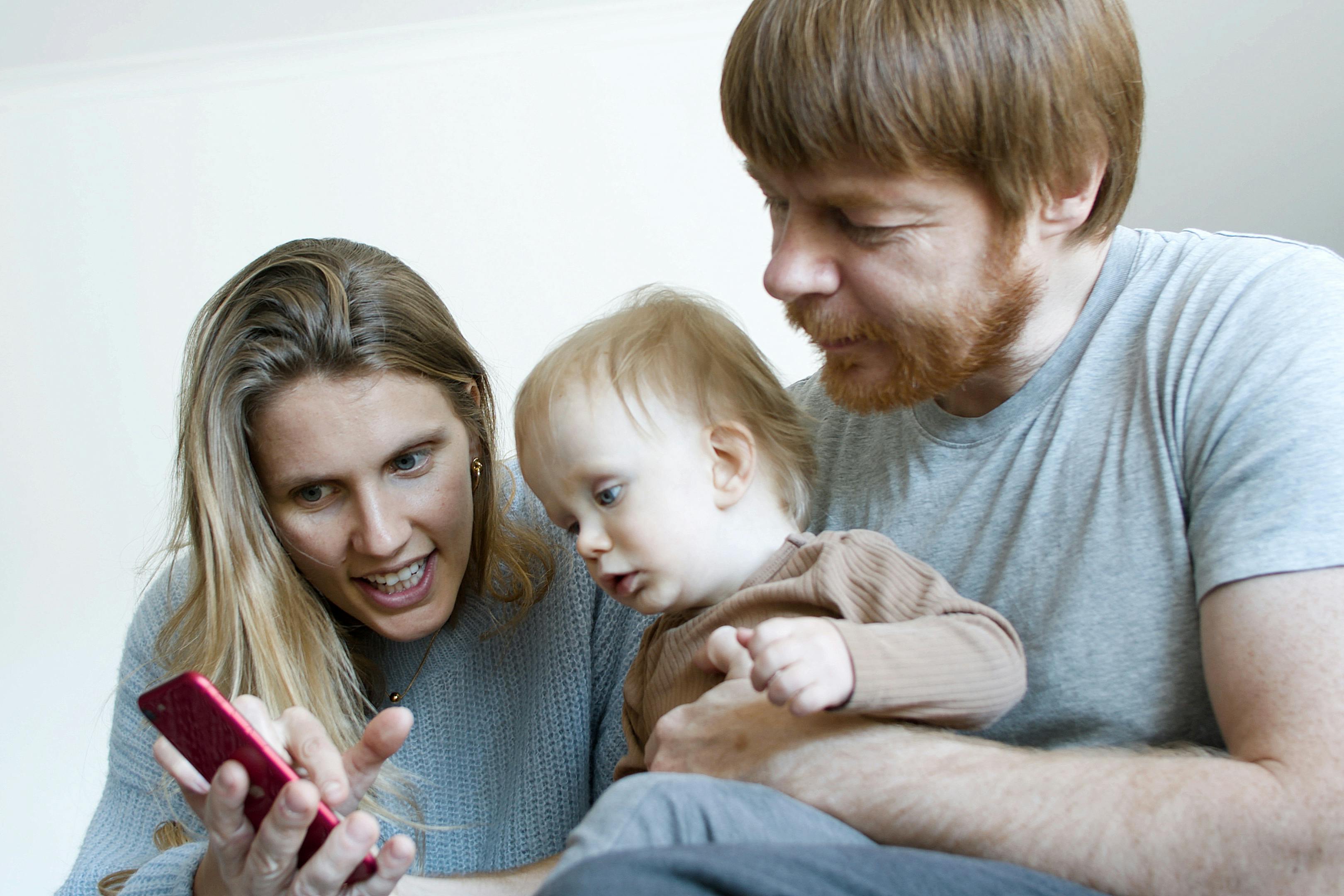Table of Contents
Establishing Communication with Parents
Before the parents leave for their outing, make sure to have a detailed discussion with them about any specific instructions or routines related to the children. Understanding the children’s bedtime routine, dietary restrictions, and any specific rules laid down by the parents will help you provide continuity in the children’s care. It is also important to have the parents’ contact information readily available in case of any emergencies or questions that may arise during your time as a babysitter.
On-Demand Childcare in Your Neighborhood
Book a Sitter
Childproofing the Environment
One of the most critical safety procedures for babysitters is childproofing the environment where the children will be spending their time. This includes ensuring that all potentially harmful items such as cleaning supplies, sharp objects, and medications are stored out of reach of the children. Covering electrical outlets, securing furniture such as TVs and bookshelves to prevent tipping, and ensuring that doors and windows are securely locked are essential steps in creating a safe environment for the children.
Basic First Aid Knowledge
Having basic first aid knowledge is essential for any babysitter. Learning how to administer CPR, treat minor cuts and bruises, and recognize the signs of choking can make a significant difference in an emergency situation. Consider taking a first aid certification course to improve your skills and confidence in handling potential medical emergencies while babysitting.

Fire Safety Procedures
Babysitters should be familiar with fire safety procedures to ensure the children’s safety in case of a fire emergency. Make sure to identify the nearest exits, know how to operate a fire extinguisher if available, and practice a fire escape plan with the children.
Teaching the children about fire safety measures such as “Stop, Drop, and Roll” can help them stay safe in the event of a fire.
Emergency Contact Information
In case of any emergencies, it is crucial to have access to emergency contact information for both the parents and local emergency services. Make sure to have the parents’ contact numbers, as well as the number for emergency services such as 911, readily available. It is also helpful to have a list of important information such as the children’s medical history, allergies, and any specific medications they may need in case of an emergency.
In conclusion, ensuring a safe environment for the children you are babysitting requires preparation, knowledge, and effective communication with the parents. By following these essential safety procedures, you can provide peace of mind to both the parents and yourself while caring for the children. Remember that safety should always be the top priority when babysitting, and being proactive in preventing and handling emergencies is key to a successful babysitting experience.










